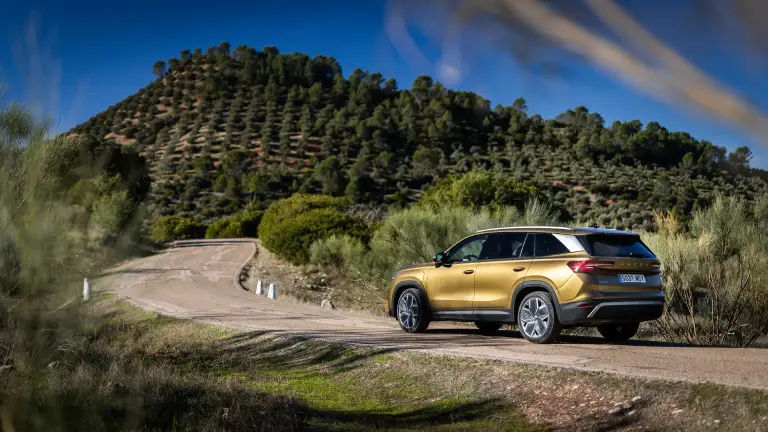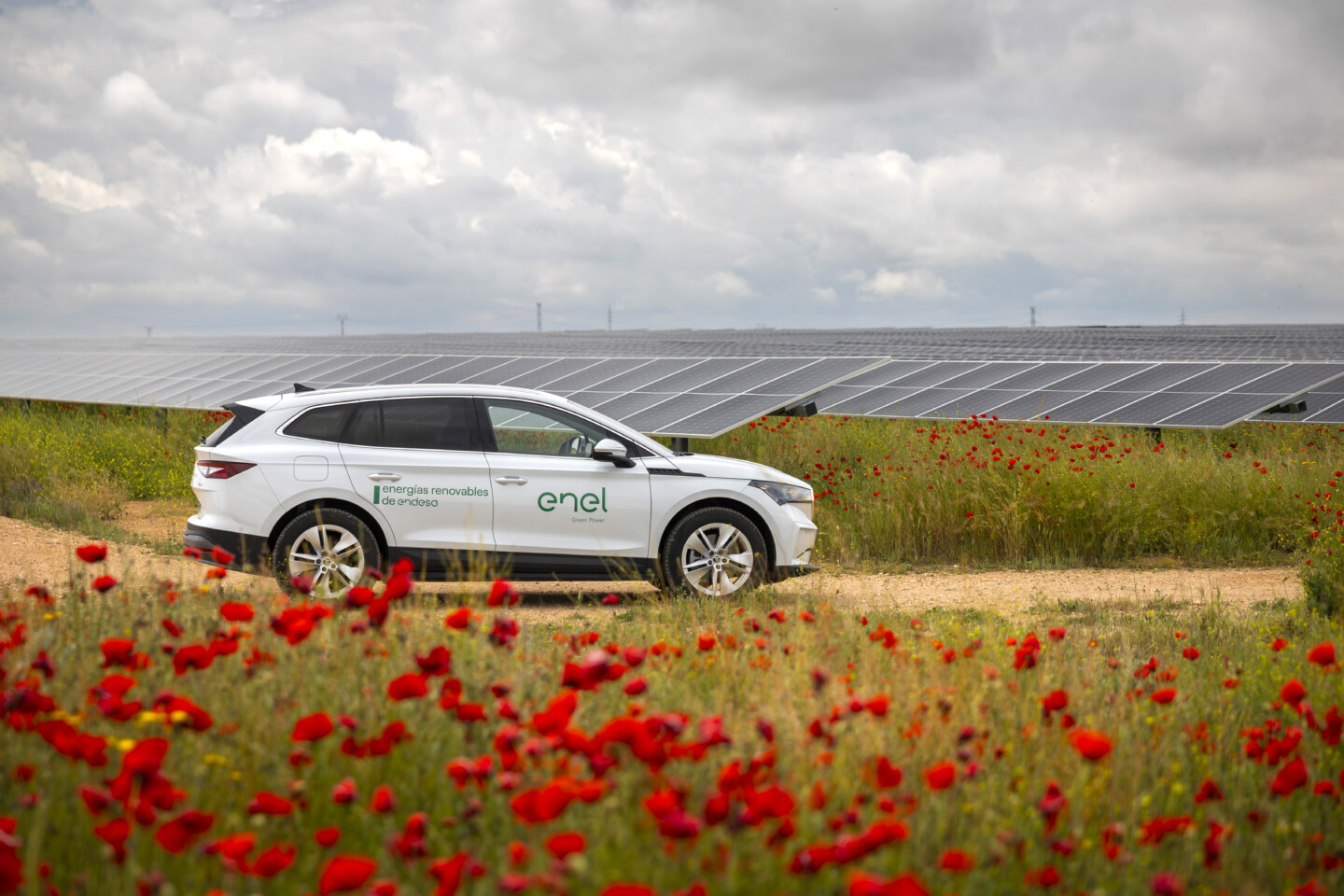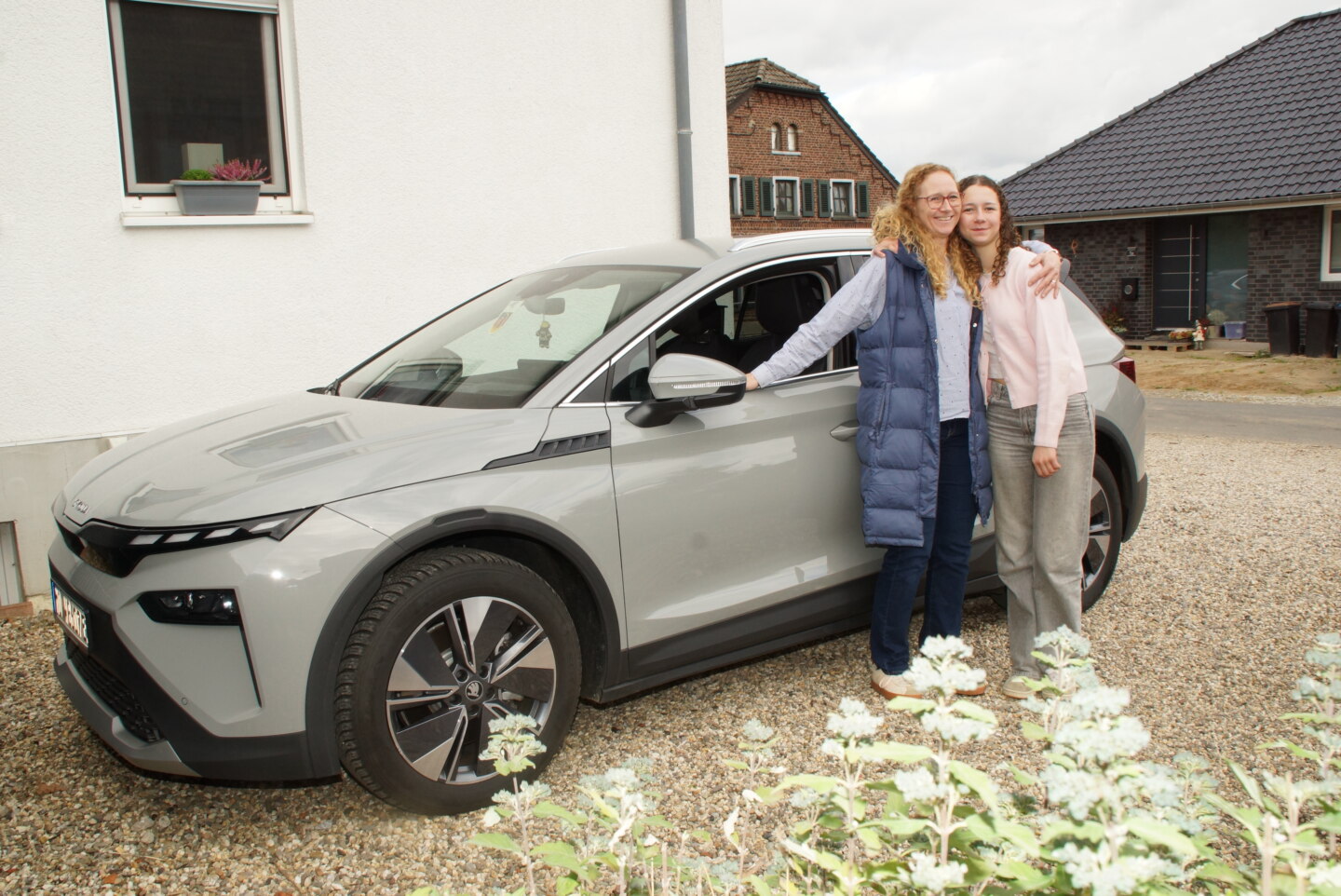QUESTIONS FOR PETR BOUCHNER, HEAD OF THE DEPARTMENT OF VEHICLE TECHNOLOGY AT THE CZECH TECHNICAL UNIVERSITY IN PRAGUE
What measures can actually help the development of eMobility?
Subsidies should cover the difference between the cost of purchasing an electric car and a conventional vehicle so that, taking into account other benefits and the appetite for electric cars, the expense is roughly the same. Benefits include logical and well-known steps such as entry into and parking in large built-up zones, which can reasonably be justified because of the reduction in local traffic emissions versus conventional vehicles. Interesting action could include subsidies and tax relief for the upgrading of older electric cars, so that they can have new batteries installed, and potentially the guaranteed repurchase of older batteries, as these can still be successfully used in stationary applications or recycled.
Conversely, which measures are best avoided?
Several countries are reining in their subsidies, so users are returning to conventional vehicles when their electric cars no longer offer them any benefits. One major disappointment has been the collapse of Paris Autolib’, the largest electric-car sharing service. Another matter, of course, is whether to motivate the blanket roll-out of electric cars, considering their actual ecological benefit, which can only be local (obviously, this support is unquestionably the right path forward for cities). We need to look at the bigger picture. Even if, when we explore electric vehicles, we limit ourselves just to the operational aspect, we still need to conduct well-to-wheel analyses, which map out and take stock of the strain on the primary source of energy used to keep the vehicle moving. In order for these assessments to be meaningful, we need to track not only the operation, but also the entire life cycle of the vehicle: starting with the extraction of the basic materials, moving on to the processing and production of semi-finished products, and ending with the ecological, economical disposal or recycling of the vehicle and its components. To do this, we must factor in the transportation that takes place at all stages. Future sustainable transportation should be driven primarily by a comprehensive concept of mobility and its needs, because there is plenty of leeway here for optimisation, savings and synergy, and eMobility is a part of that.











